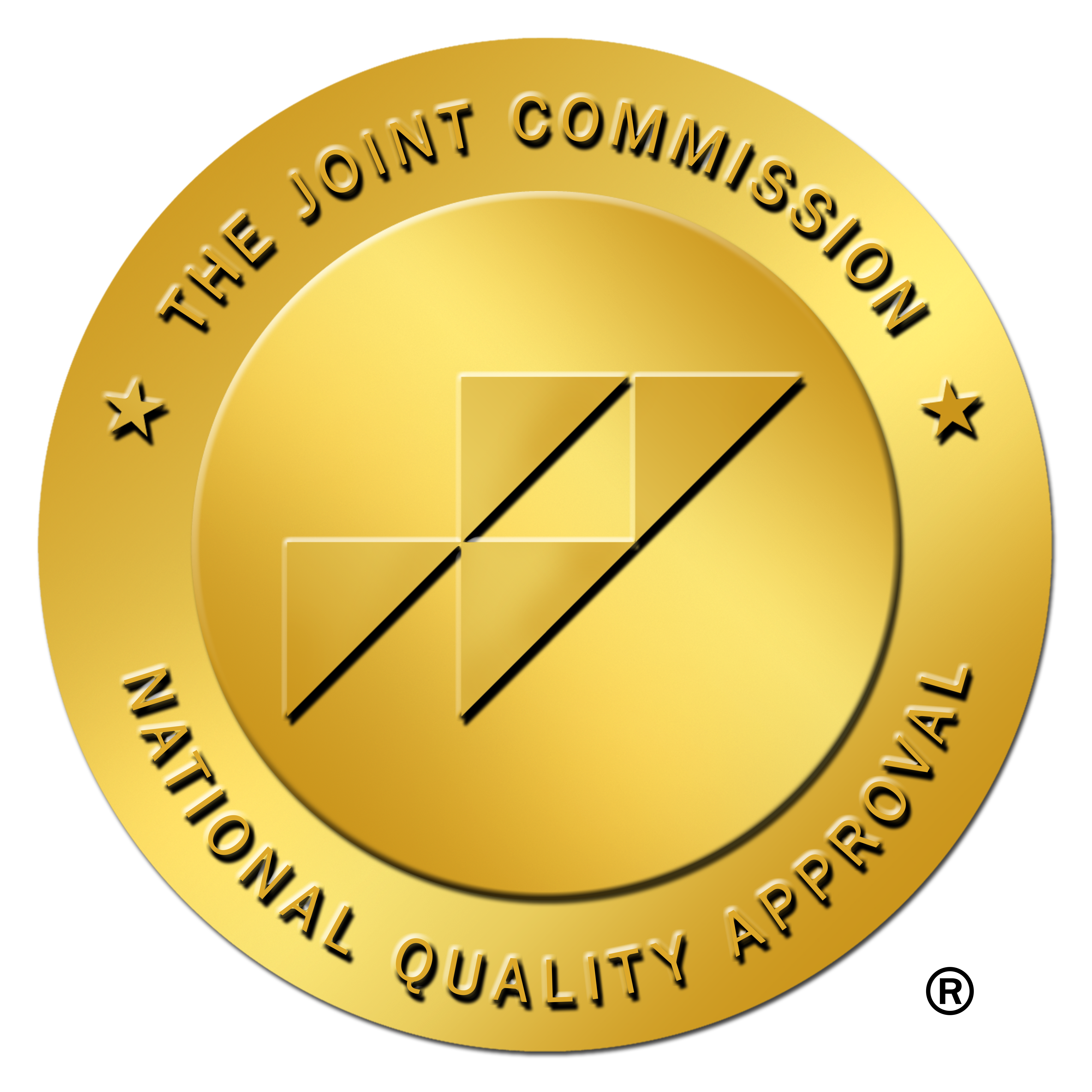What Is Pancreatitis?
Pancreatitis is the unnatural swelling of the pancreas. In 80% of cases, it’s relatively mild and goes away fairly quickly. In the remaining 20% of cases, though, it is a serious condition with complications that could be life-threatening. Most of the time, in mild cases, you can go home from the hospital after about a week. In serious cases, you might be in the hospital for a month or more. There is a small chance of pancreatitis causing pancreatic cancer. Usually, this doesn’t happen with acute pancreatitis but only with the chronic version of the disease.
What Is Meth?
Meth is the common term for methamphetamine, which is a powerful stimulant. Its appearance and taste led to its nickname “chalk” on the street. Another version of the drug is crystallized, which is known as crystal meth. Other names for it include ice, crank, and speed. Users either swallow the drug, snort it, or burn it and inhale the smoke. Chronic abuse can lead to death by stroke as well as heart attack, cardiovascular collapse, and even pancreatitis-induced pancreatic cancer.
Effects of Meth and Its Side Effects
Individuals who take meth experience increased focus and an ability to concentrate. They can stay up later, which has made the drug popular with college students for decades. Users also have an increased libido and will lose weight from the way that meth suppresses appetite and increases metabolism. That’s why diet pills are similar to meth in chemical makeup. Unfortunately, there are also serious and dangerous side effects. These include high blood pressure, tachycardia, and long-term damage to blood vessels in the brain. The withdrawal from meth is also intensely unpleasant. The cravings become irresistible without medically assisted detoxification. Users going through withdrawal will also experience anxiety, depression, and psychosis. As with many mind-altering drugs, users will develop tolerance quickly. They’ll need more and more of the drug to achieve the same effect. Eventually, they won’t get the pleasurable rush anymore at all and will only be taking the drug to stave off the effects of withdrawal.
What About Overdosing?
Overdosing is either taking too much of a drug at once or taking the drug for too long a period of time in a row. Even if the blood vessels in the brain aren’t beyond help, it’s still possible to die from a stroke from an overdose of meth. Other ways users die include heart attack and multiple organ failure. Even if the user doesn’t die, there is a chance of lasting side effects. Even after stopping its use, people who overdose, or who come close to overdosing, can develop conditions with symptoms similar to Parkinson’s Disease, schizophrenia, or both. They can suffer flashbacks and psychotic episodes even years later. The reason that these conditions develop is that the drug damages the brain cells that are key for the production and process of dopamine.
Meth and Pancreatitis
It must be stated that pancreatitis that stems from the use of methamphetamine is exceedingly rare. Pancreatitis stemming from the abuse of prescription drugs and over-the-counter painkillers only accounts for about 2% of cases. Those cases stemming from meth use are rarer still. That doesn’t mean, however, that it doesn’t happen. The manner of interaction between the drug and the pancreas is little understood. What is known is that the following are risk factors for an addict developing pancreatitis:
- Being 55 years of age or older
- White blood cell count of 16,000 per cubic millimeter of blood or greater
- Blood glucose of 200 milligrams per deciliter or greater
- Serum AST count of 250 international units per liter or greater
- Serum LDH of 350 international units per liter or greater
Meeting one or more of these criteria indicates either the presence of pancreatitis or a high degree of likelihood of developing the condition. Doctors must first diagnose pancreatitis before working backward to the possibility of a drug, or drugs, being involved. In addition to methamphetamine, there are at least 120 further drugs known to affect the pancreas, many of which have proven medicinal value. In very rare cases, people who take oral contraceptives and who are female, develop pancreatitis in the same manner as people who abuse drugs of any kind.
In short, meth can cause pancreatitis, but it is not likely. If you suffer from the symptoms of pancreatitis, then you should seek medical help immediately. If you do, and you happen to abuse drugs, then it behooves you to disclose that fact to the medical professionals from whom you are receiving treatment. If your pancreatitis is drug-induced, including from meth, then you must detox from the drug as part of your treatment because it’s useless to treat the pancreatitis if you’re simply going to use again. Using meth will only exacerbate the pancreatitis.
What’s Involved in Detox?
First, it’s not a good idea to try to detox yourself. Your body will react violently, not only fueling irresistible cravings but also putting your life in danger. You need constant supervision during detox, particularly if you’ve been abusing meth for a long time.
The first thing that doctors will do is to assess you and gather your medical history, including which drugs you’ve taken and/or abused, which prescription drugs you are taking, and how long you’ve been taking both. At that point, the doctors will begin weaning you off of the drug. “Cold turkey” is seldom the answer, largely because it can be deadly. Once the level of drug you usually take is reduced, you will begin to suffer withdrawal. Withdrawal symptoms are unpleasant and oftentimes painful. In some cases, you may become delirious and suffer seizures. Both the severity of your withdrawal symptoms and the length of your withdrawal symptoms will depend on how long you’ve used and how much you’re currently using. The good news is that these unpleasant withdrawal symptoms will subside eventually. It’s also the beginning of your journey toward recovery.
In some cases, the doctors will give you other drugs that will help your body deal with the ravages of detox. This is more common in cases of opioid addiction. However, in 2021, researchers discovered that a combination of two drugs can be effective in treating both detox from and addiction to meth in some cases. Your doctors will let you know if your case is one where this treatment option will be effective or not.
While you are going through detox, you will receive care 24 hours a day. It’s usual for detox to last from a week to 10 days, but in serious cases, it can last for weeks.
What Comes After Detox?
Fighting your addiction can be a life-long journey, and there is no “cure.” Instead, recovery centers try to teach you coping mechanisms and other strategies to help you control your addiction going forward. At Defining Wellness Centers, we employ a variety of treatments to help you “slay the dragon.”
Cognitive Behavioral Therapy
Cognitive behavioral therapy teaches you to recognize detrimental thoughts and patterns of those thoughts. You learn to reevaluate those thoughts and their accompanying behaviors. Your therapist will also encourage you to develop problem-solving skills and to build self-esteem based on your worth as a person. You’ll also learn how to understand both yourself and other people. The past, too, is unimportant. There are many ways for us to implement cognitive behavioral therapy with our clients. Group therapy and family therapy are both important, and one-on-one sessions with your therapist will bolster your understanding gained through the group settings. You have to create new and healthy behaviors while discarding the harmful ones.
Dialectical Behavior Therapy
“Dialectic” means “opposite.” In this method of training, you will learn two opposite strategies for dealing with your addiction. The first is to accept the state of your life and your addiction, and the second is to realize that your harmful behaviors must change. The therapist will encourage you to make these positive changes. The goal of this therapy is to move from addiction and quiet desperation to the realization that there are normal periods of happiness and unhappiness. There are strategies to learn how to control depression so as not to relapse.
The Matrix Model
The Matrix model weaves together individual therapy sessions with group therapies, such as family therapy. Not only do you learn to cope with and manage your addiction, but your family members also learn how to help with your addiction. They learn techniques to support you healthily instead of enabling your addiction. This form of therapy is intense and includes regular and random drug testing to help keep you accountable for your choices. As with other forms of therapy, there is never any judgment toward you if you relapse. Indeed, the point of this therapy is to encourage and be positive. After all, recovery is not an end. It’s a lifelong process that requires work. One of the big advantages of this kind of therapy is that it shows you specific strategies for dealing with failure.
Dual Diagnoses
Sometimes, clients suffer from other conditions that affect their addictions. In many cases, those secondary conditions include one or more mental illnesses. One in seven people who suffer from addiction have a co-morbid mental illness. Also, one in four people who have a mental illness suffer from addiction. For people who are 18-25 years of age, these numbers are even greater.
The list of possible mental illnesses includes post-traumatic stress disorder, bipolar disorder, and depression. Often, meth will make these conditions worse and might even cause other disorders, such as anxiety and borderline personality disorder. The effects of these mental illnesses are another reason why detox requires 24/7 treatment from qualified medical professionals. In some cases, the reason you started taking meth or other drugs is hidden. There might be some traumatic memory that you suppressed that might emerge from the darkness. This can be frightening, but your therapist will be there to encourage you and to be positive about dealing with that memory and others like it.
Defining Wellness Centers
Our two leaders both have 20 or more years of experience in treating addiction, including strategies for dual diagnosis. We’re a family-owned and -operated treatment center, and we are dedicated to helping you achieve and maintain sobriety. We founded Defining Wellness Centers in 2019, and our focus is on evidence-based therapies. We also know that each client is different, so we personalize your treatment while you’re with us.
To take back control of your life from meth or any other substance to which you might be addicted, contact us today, and take your first step toward a reinvigorated life.



















